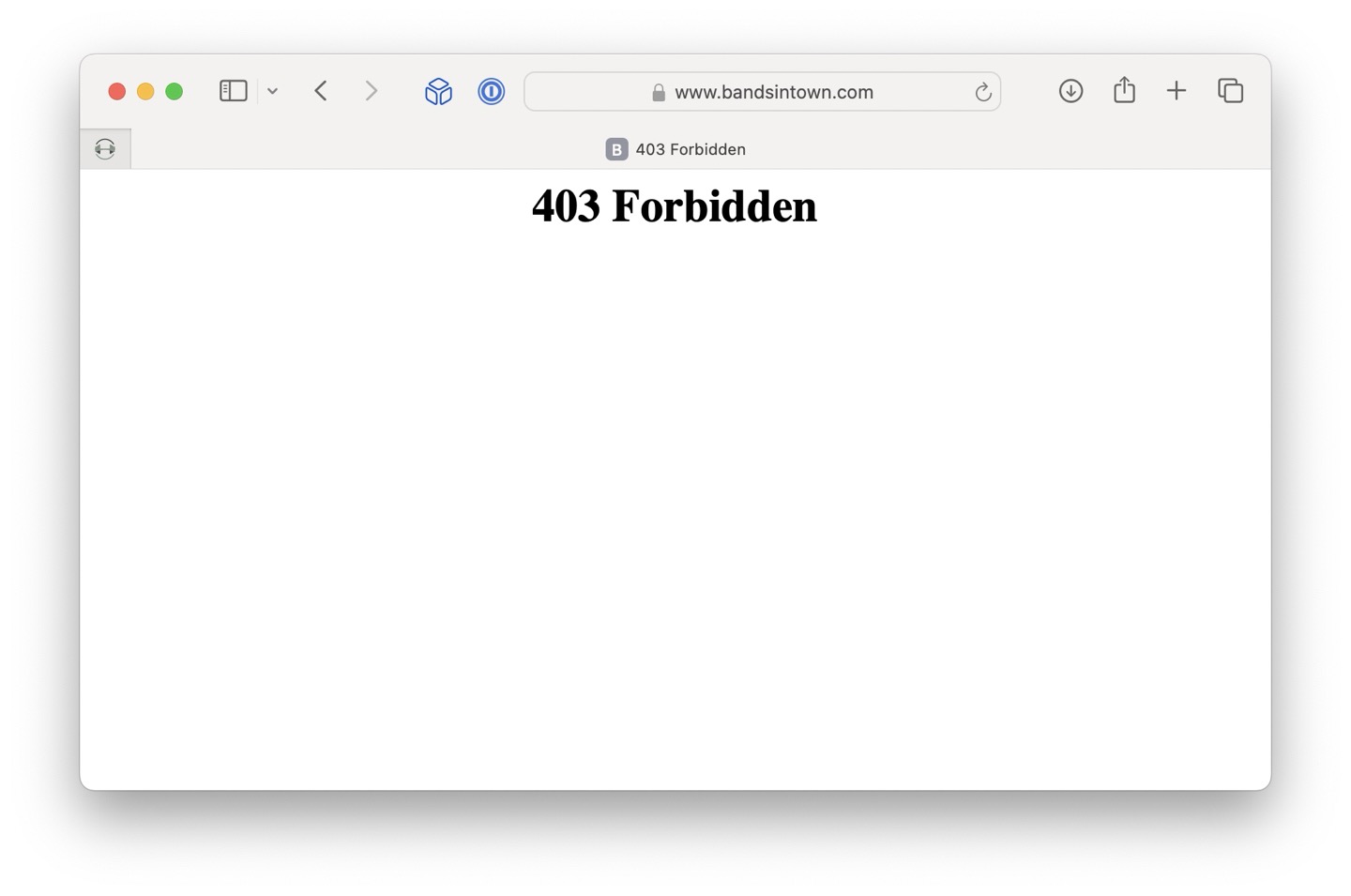
It felt extremely wrong writing this recursive validation-checker this morning,
but for the life of me I couldn't find a better way to ensure deeply-nested
associations hadn't somehow become invalid after they'd last been saved
gist.github.com/searls/ee2a2aab1d4bdbeeca3345991c1a8d97





